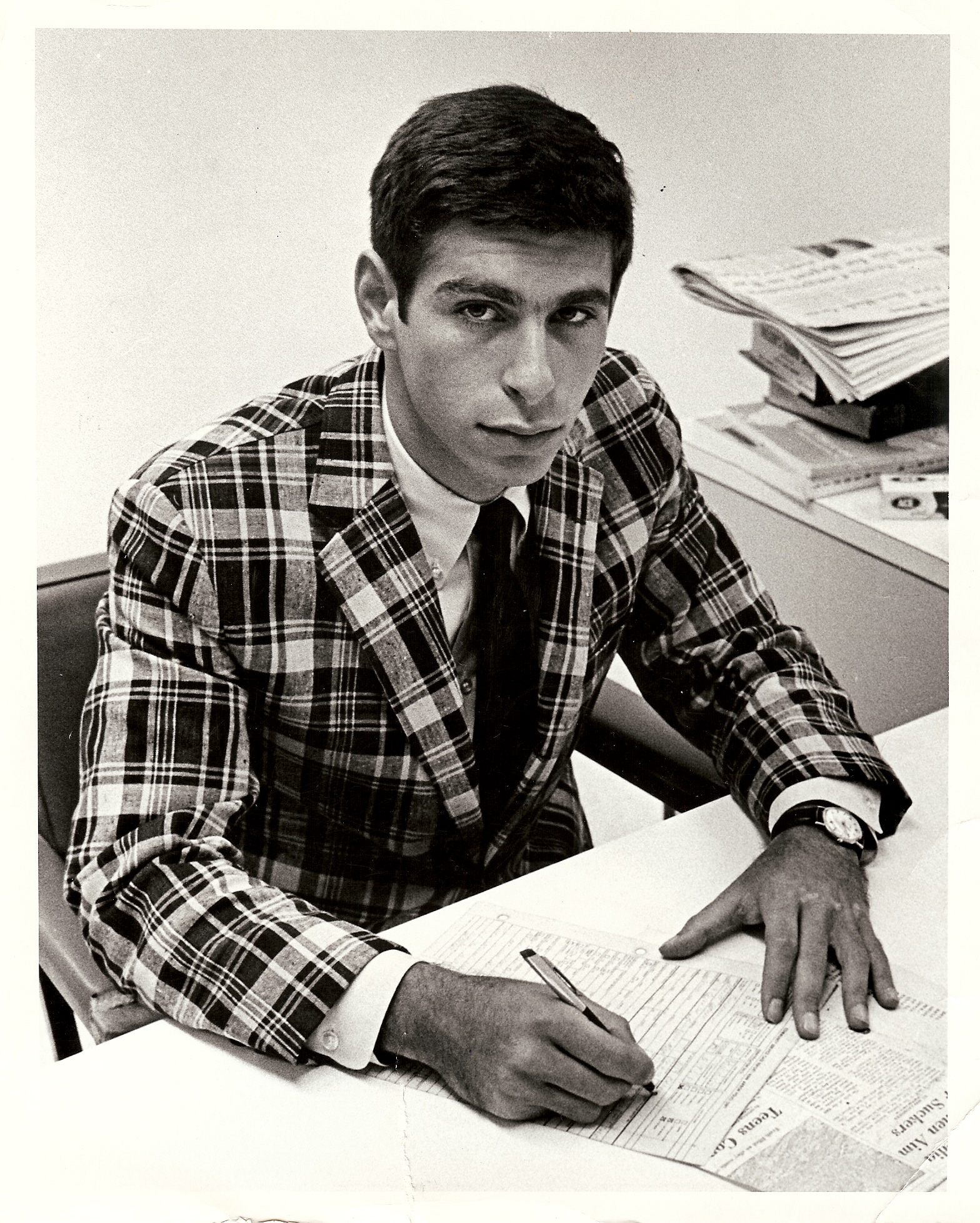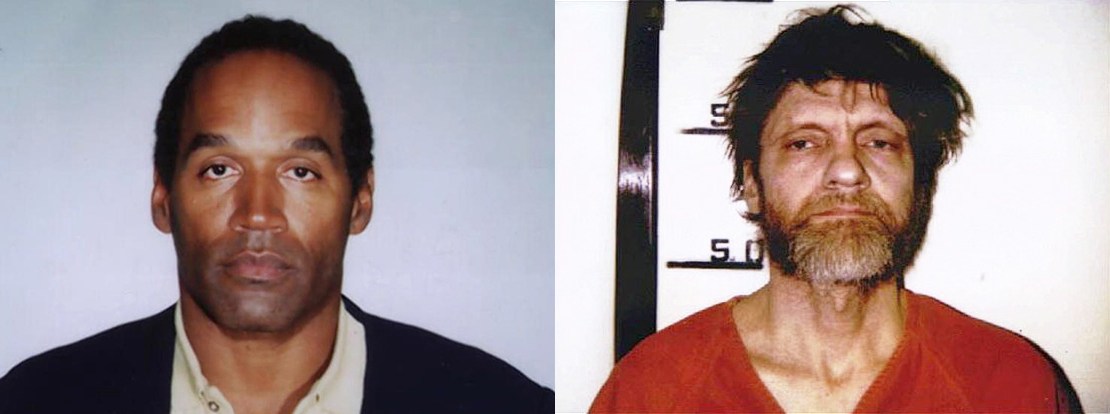Ann Arbor, Michigan - Working in law enforcement is as tough as it is rewarding. I got my start in 1968 as a beat cop in Ann Arbor, Michigan. My initial years on the force eventually led me to a 50-year career in forensic science.
I’ve seen a lot of changes in that time.
Back in my policing days, pretty much all we had was a uniform, a badge, a nightstick, handcuffs, a sidearm, a pair of comfortable shoes, perhaps a vehicle, a desire to protect and serve and each other. We didn’t have much of the equipment considered essential to today’s police work, such as body armor, computers, or even handheld radios, much less infrared cameras that can see in the dark or sophisticated forensics techniques.
There’s no question that science and technology have done much to make the justice system more effective and fair, thanks in part, I think, to the work done here at NIST.
NIST researchers have worked with law enforcement since the days of Wilmer Souder in the early 20th century and with companies since the 1970s to describe, test and improve the capabilities of body armor, which saves hundreds of police officers’ lives every year. We’ve developed tests for calibrating radar guns (sorry, but don’t speed!) and night vision cameras. We’ve developed technologies and techniques for recovering data erased from video cameras and computer hard drives and serial numbers defaced on firearms and vehicles. We’ve created a database for evaluating and comparing tool marks left on shell casings and bullets, and we’ve helped to improve how fingerprints are collected and evaluated.
The list goes on.
People in the forensic science community often talk about the “CSI effect”—the commonly accepted belief that their discipline has a seemingly supernatural ability to identify suspects. This belief often skews the public’s expectations to the point where juries are less likely to convict if no forensic evidence is presented at trial, even if there is a preponderance of other evidence. While it’s true that forensic science can provide powerful and compelling evidence, it’s only one piece of the puzzle that police and prosecutors use to do their jobs.
A New Beat
After three years of active service, I learned that the University of Pittsburgh had started a new degree program in forensic chemistry and was looking for police officers with chemistry educations. My undergraduate degree was in chemistry, so I applied and was accepted. During my schooling, I was fortunate to be granted an internship in forensic biology at the Pittsburgh and Allegheny County Crime Laboratory. While there, I developed a true passion for forensic biology, and I am grateful to the forensic science mentors I had the privilege to learn from for being such an inspiration to me.

Here I am filling out a complaint report from a citizen while working as a plain clothes officer (no pun intended) at the Ann Arbor, Michigan, Police Community Relations Bureau.
In the early 1970s, crime laboratories in the U.S. were still analyzing human forensic biological evidence using mostly blood types. That genetic marker system divides the population into only four major groups (A, B, O and AB, known together as ABO), and nearly 90 percent of the time the tests returned either type O or type A. As a result, forensic biology was not very discriminating, and its value to investigators and the courts in answering questions of identification was extremely limited. We could eliminate individuals as the source of the biological evidence, but that was about it. Although there were a handful of other genetic marker systems that we could use to further zero in, like Rhesus (Rh, commonly referred to as “positive” and “negative”) testing and hemoglobin testing, they were seldom used in practice in those days.
Making an Impression
After completing my master’s, I returned to Michigan and took a job with the state police as a forensic biologist. Shortly thereafter, I took a five-month sabbatical to study forensic biology at the Metropolitan Police Forensic Science Laboratory (Met Lab) in London, England, in 1975. Walking through southeast London surrounded by more than 1,000 years of history on my way to work each day was incredibly awe-inspiring. What I found inside the Met Lab turned out to be even more awe-inspiring.
I was astounded by all the new electrophoresis technology under development there (electrophoresis is a technique that uses electric fields to separate molecules by size and electric charge so they can be used to identify people). They were routinely using more than a dozen different inherited traits from blood proteins and enzymes—bleeding edge stuff for the time.
The power of this new approach to forensic biology was mind-boggling, and I knew that I was witnessing a technological revolution in the world of criminal justice.
I was eager to share these new developments with my colleagues in Michigan, but we faced our own challenges. First, the Met Lab had a large staff and could finish testing in less than a week on average. The U.S. had many smaller laboratories spread across the country and, with rare exceptions, were staffed with only a half-dozen or fewer forensic biologists. Second, small blood and body fluid stains in most cases did not contain enough proteins to test all 16 different inherited traits if those markers had to be tested one at a time.
In 1976, I joined a research team at UC Berkely which received federal funding to develop a sleeker and faster methodology for using these multiple genetic markers in addition to ABO. The FBI taught the new system that emerged from that effort to its visiting scientists, and by the 1980s, more than 130 crime laboratories across the country were using it.
On the Case
Recognizing the potential of DNA testing to help investigators and criminal courts identify possible sources of forensic biological evidence, I left the government in 1989 to work for one of the first private forensic DNA enterprises. I began in the marketing department, serving as a liaison between our DNA laboratory and police, prosecutors, defense attorneys and crime laboratories trying to give everyone a basic understanding of just what the heck DNA is and how it could help identify people.
One of the more well-known cases I oversaw work in the private sector was the O.J. Simpson case, which arguably served as the watershed event that made forensic DNA testing a household term in the U.S. While serving as the executive director for laboratory operations, it also fell on my shoulders to serve at the organization’s media spokesperson during our lab’s involvement in analyzing the DNA evidence in the Simpson case, the Unabomber (Ted Kaczynski) case and the JonBenét Ramsey case. Appearing in more than 150 TV interviews during the investigation of those cases was truly more challenging than giving expert testimony in criminal courts!
In 2008, I started as director of the Office of Law Enforcement Standards (OLES) at the National Institute of Standards and Technology (NIST). It was the thrill of a lifetime to join NIST, an organization with scientists with whom I had collaborated and respected throughout my career in forensic science.

Two of the more famous investigations I participated in were the O.J. Simpson murder trial and that of Ted Kaczynski, known as the Unabomber. The Simpson case in particular catapulted DNA forensics into the mainstream in the U.S.
Credit: Los Angeles Police Department, FBI
Bringing It All Together
Today, NIST has a wide-ranging forensic science program aimed at strengthening the methods and practices used in crime labs in the U.S. and around the world. As part of our forensic science research program, NIST scientists are developing advanced methods for analyzing fingerprints, ballistics, DNA and digital evidence, among others. We also support the Center for Statistics and Applications in Forensic Evidence (CSAFE), which is working on new statistical methods that will help forensic investigators to describe more accurately how strong the evidence is in a given case. This will allow juries to weigh the evidence appropriately when deciding guilt or innocence.
NIST is also leading a major effort to promote the development of standards and best practices at forensic laboratories. That effort is run through the Organization of Scientific Area Committees for Forensic Science (OSAC), a voluntary organization of more than 500 members representing 25 forensic disciplines, plus experts in scientific research, statistics, law and policy. Getting this large and diverse group of professionals to work together effectively toward their common goal is a major challenge. It’s also my job. As the director of OSAC Affairs for NIST, I support and coordinate the efforts of this group as they build a new future for forensic science that is based on technically sound and robust standards.
Advancing forensic science methods through cutting-edge research and developing sound, science-based standards are among the most critical challenges in the criminal justice system today. When I started walking my beat in Ann Arbor 50 years ago, I could hardly have imagined that I would one day have the privilege of working with world-class scientists and industry leaders as they tackle these important issues.